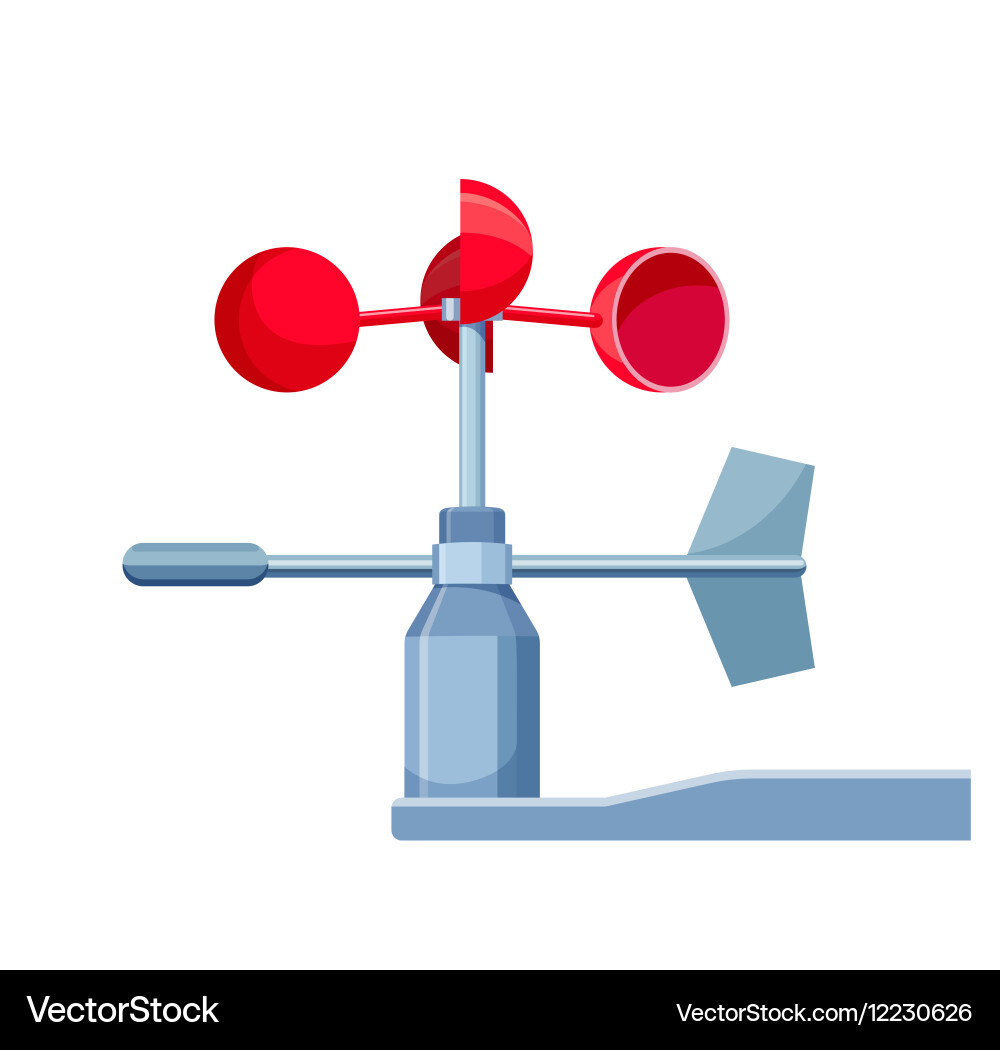Picking the Right Anemometer: A Comprehensive Acquiring Overview
Discovering the Functions and Benefits of Anemometers for Weather Condition Enthusiasts and Experts
Anemometers stand as important tools in the world of climate surveillance, providing to both fanatics and skilled specialists alike. These tools offer a home window right into the vibrant globe of wind patterns and speeds, supplying invaluable data for atmospheric evaluation and projecting. From mug anemometers to sonic anemometers, each type brings its distinct collection of benefits and applications, shedding light on various facets of climatic conditions. As we delve right into the functions and benefits of anemometers, a deeper understanding arises not only of dominating climate sensations but also of the more comprehensive ramifications for markets like wind energy manufacturing and ecological research.
Significance of Anemometers in Weather Condition Monitoring
Anemometers play a crucial duty in weather condition surveillance by giving exact dimensions of wind rate, assisting in forecasting and understanding weather patterns. These instruments, varying from traditional cup anemometers to contemporary ultrasonic anemometers, are crucial for meteorologists, researchers, and weather fanatics alike.

Sorts Of Anemometers and Their Applications
The most common kinds of anemometers include mug anemometers, vane anemometers, hot-wire anemometers, and ultrasonic anemometers. Cup anemometers are composed of 3 or four mugs installed on horizontal arms that rotate with the wind, gauging its rate. Vane anemometers, on the various other hand, use an openly turning vane to align with the wind direction, providing both wind rate and instructions dimensions.
Each sort of anemometer has its unique benefits and applications. Cup anemometers are durable and suitable for basic weather condition monitoring, while vane anemometers are preferred for directional dimensions. Hot-wire anemometers are sensitive to reduced air rates, making them ideal for indoor settings. Ultrasonic anemometers are non-intrusive and offer high accuracy, frequently utilized in study and specialized weather tracking applications. Understanding the attributes and applications of each kind of anemometer is essential for choosing one of the most proper tool for specific weather condition keeping track of needs.
Advantages of Utilizing Anemometers in Projecting
In weather forecasting, the use of anemometers supplies indispensable benefits for boosting the precision of climate projecting. Anemometers gauge wind rate and direction, offering critical information for anticipating weather patterns. By incorporating wind data right into projecting models, meteorologists can better recognize the motion of weather condition systems, expect changes in climatic problems, and problem much more precise forecasts.
Furthermore, anemometers play a crucial you could check here function in examining potential climate threats. Keeping track of wind speeds helps forecasters forecast serious weather occasions such as typhoons, tornadoes, and winter season tornados with higher accuracy. This very early warning system makes it possible for authorities to provide timely signals and carry out required precaution, reducing the dangers to life and property.
Furthermore, anemometers assist in maximizing renewable power production. By examining wind patterns, meteorologists can recognize appropriate areas for wind farms and forecast energy result, adding to the effective generation of wind power.

Anemometers in Wind Power Production
Given the important role anemometers play in offering precise wind information for climate forecasting and danger analysis, their significance encompasses the world of wind power manufacturing. Anemometers are essential instruments in the field of wind energy, where the measurement of wind rate and instructions is critical for figuring out the expediency and Related Site performance of wind generator installations. By accurately determining wind rates at differing elevations, anemometers aid optimize the positioning and layout of wind turbines to optimize energy output.
In wind ranches, anemometers are tactically put to gather real-time wind information that is made use of to assess the prospective power production of a website. This data is instrumental in determining the economic practicality of wind power projects and in projecting energy generation to ensure grid security. In addition, anemometers aid in monitoring wind problems to enhance generator performance, protect against damage from high winds, and make sure the safety of personnel operating in the location of wind generators.
Enhancing Weather Condition Comprehending With Anemometers

Anemometers play a crucial function in enhancing our understanding of microclimates. These localized climate condition can vary considerably from broader regional projections, making it necessary to have accurate data for details locations. anemometer. By tactically putting anemometers in different locations, researchers can collect in-depth details on exactly how wind acts in different terrains, urban environments, or bodies of water
Moreover, anemometers add to boosting weather condition projecting designs by offering real-time data on wind actions. This info is especially valuable for forecasting serious weather events, maximizing agricultural practices, and sustaining markets like aviation and maritime navigating. Generally, anemometers are vital tools that enable us to dive much deeper into the intricacies of weather systems, inevitably resulting in even more better-informed choices and exact forecasts.
Conclusion
Finally, anemometers play a critical duty in weather surveillance and forecasting by gauging wind speed and instructions. They are important devices used by weather fanatics and experts to collect accurate information for predicting weather condition patterns and assessing prospective influences. Anemometers likewise have applications in wind power production, more highlighting their significance in both weather forecasting and sustainable power industries. Generally, anemometers contribute to boosting our understanding of weather phenomena and enhancing projecting capabilities. anemometer.
From mug anemometers to sonic anemometers, each kind brings its unique set of advantages and applications, dropping light on various elements of atmospheric problems. These tools, varying from typical mug anemometers to modern-day ultrasonic anemometers, are this vital for meteorologists, scientists, and climate enthusiasts alike. The most common types of anemometers include cup anemometers, vane anemometers, hot-wire anemometers, and ultrasonic anemometers. Cup anemometers are suitable and robust for basic climate surveillance, while vane anemometers are preferred for directional dimensions. Anemometers are crucial tools in the area of wind power, where the dimension of wind rate and instructions is crucial for identifying the expediency and effectiveness of wind turbine installations.